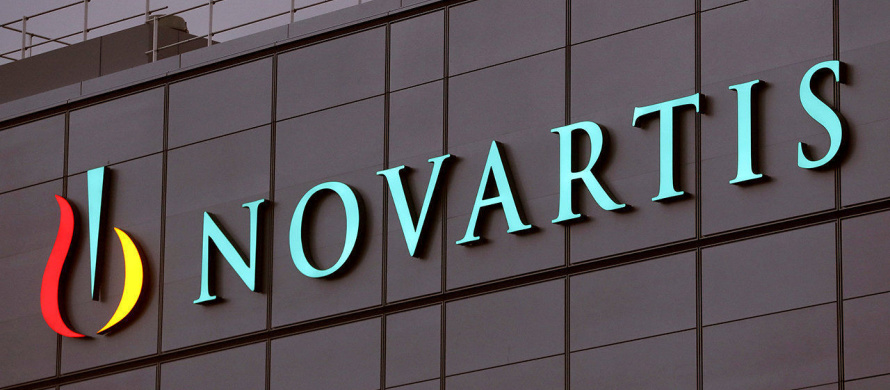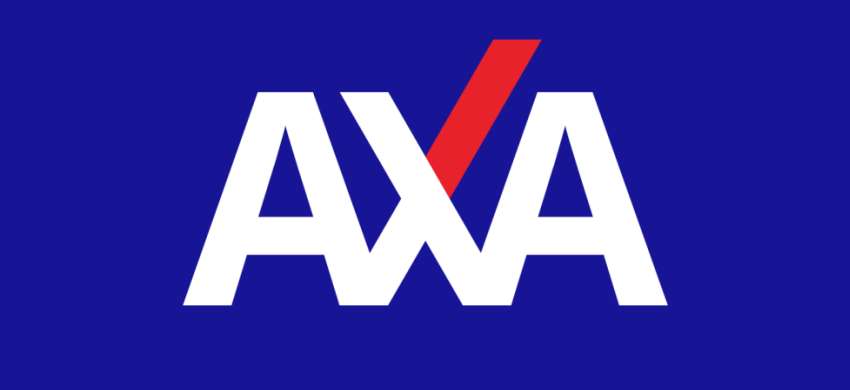Company name: Novartis
Year: 1996
Total Assets: US$ 145.563 billion
Revenue: US$ 51.900 billion
Net Income: US$ 12.614 billion
Country: Switzerland
Headquarter: Basel, Switzerland
Industry: Pharmaceutical
Webpage: www.novartis.com
Number of employees: 125,161
Although it’s based in neutral Switzerland, Novartis has been aggressive in attacking illnesses on multiple fronts, inclusive of prescription drugs and vaccines. One of the world’s largest pharmaceuticals, the company develops manufactures, and markets branded and universal prescription drugs, active pharmaceutical ingredients (APIs), biosimilars, and ophthalmic products. The business enterprise’s “Innovative Medicines section” develops and manufactures prescription drugs for blood strain, cancer, and other ailments. Its Sandoz section is the most important manufacturers of prevalent pills in the world; it also makes APIs. Novartis has divested its vaccines and client fitness divisions.
The Sandoz department is split into three segments: Retail Generics, Anti-Infectives, and Biopharmaceuticals. They develop, manufacture, distribute, and sell prescription drug treatments, antibiotics, biosimilars, and APIs. Sandoz brings in approximately 15% of the enterprise’s sales.
Novartis has 15 hit medicinal drugs, or drugs that convey in more than $1 billion in revenue annually. Its pinnacle sellers encompass multiple sclerosis drug Gilenya, psoriasis and arthritis drug Cosentyx, ophthalmology drug Lucentis, and leukemia drug Tasigna.
Novartis is headquartered in Basel, Switzerland. The company sells its products in more than 150 countries across the world. Its largest single marketplace in the US, which brings in more than one-third of total sales. Other primary markets include Japan, Germany, and France. Emerging markets carry in approximately 25% of net sales.
Novartis’ Innovative Medicines section utilizes more than 25,500 field force representatives along with supervisors and administrative staff. Prescription medicines are bought to wholesale and retail distributors, hospitals, clinics, managed fitness care providers, and authorities entities. In the US, it markets its merchandise via online, television, radio, and magazine advertising.
 Novartis’ revenue has been fluctuating over the past 5 years. Net earnings have been turbulent, as well. Like most large drugmakers, it faces pressure to preserve its operations lean and broaden new blockbusters inside the face of patent expirations and growing ranges of normal competition.
Novartis’ revenue has been fluctuating over the past 5 years. Net earnings have been turbulent, as well. Like most large drugmakers, it faces pressure to preserve its operations lean and broaden new blockbusters inside the face of patent expirations and growing ranges of normal competition.
In 2018, sales improved 6% to $51.9 billion. The boom was driven through developing demand for its leading merchandise which include Cosentyx; growing sales of new Promacta, Tafinlar, and Xolair; and the acquisition of Advanced Accelerator Applications and its molecular oncology tablets consisting of Lutathera. The largest employer segment, Innovative Medicines, saw 8% income growth, at the same time as the previous Alcon phase rose 6%, however, those profits have been in part offset by a 2% decline within the Sandoz phase, which faced mounting pricing strain inside the US.
Net earnings rose 64% to $12.6 billion in 2018. This was largely because of a benefit on the sale of Novartis’ stake in the consumer fitness care joint assignment it previously held with GlaxoSmithKline.
The company ended 2018 with $13.3 billion in net cash, approximately $4.4 billion more than it had at the give up of 2017. Operating activities provided $14.3 billion in net cash, even as investing sports used $5.6 billion and financing activities used another $4.2 billion.
As a part of its strategy to stay competitive, Novartis evaluates feasible acquisitions to extend its existing businesses, as well as divestitures together with the current sales of its vaccine unit. In 2018, it sold its 36.5% stake in a patron health care joint venture with GlaxoSmithKline on the way to consciousness on such fields as gene therapy and oncology. It additionally introduced plans to sell components of Sandoz; in 2019 it spun off its eye-care unit Alcon. Novartis endured its restructuring through exiting its antibiotic studies sports and, later, finishing ninety drug programs. It plans to recognition on a smaller number of medications that it feels may want to have a first-rate impact.
Novartis plans to buy existing accomplice CellforCure, a French contract development, and manufacturing organization, for an undisclosed price. The organization makes use of CellforCure’s offerings to supply CAR-T therapies along with its currently approved Kymriah. The deal underscores Novartis’ growing focus on gene healing procedures.
In 2018 Novartis received France-based radiopharmaceutical corporation Advanced Accelerator Applications (AAA) for $3.9 billion. The deal delivered AAA’s Lutathera and other molecular nuclear drug treatments, boosting Novartis’ oncology program. Lutathera became authorized in Europe for the remedy of neuroendocrine tumors; it’s miles below consideration within the US. Further constructing its radiopharmaceuticals operations, Novartis obtained US-based Endocyte for $2.1 billion in late 2018.
Also in 2018, the organization sold US-based AveXis for $8.7 billion. That purchase improved its capabilities in gene remedy, in addition to adding AveXis’ late-level candidate for spinal muscular atrophy.






